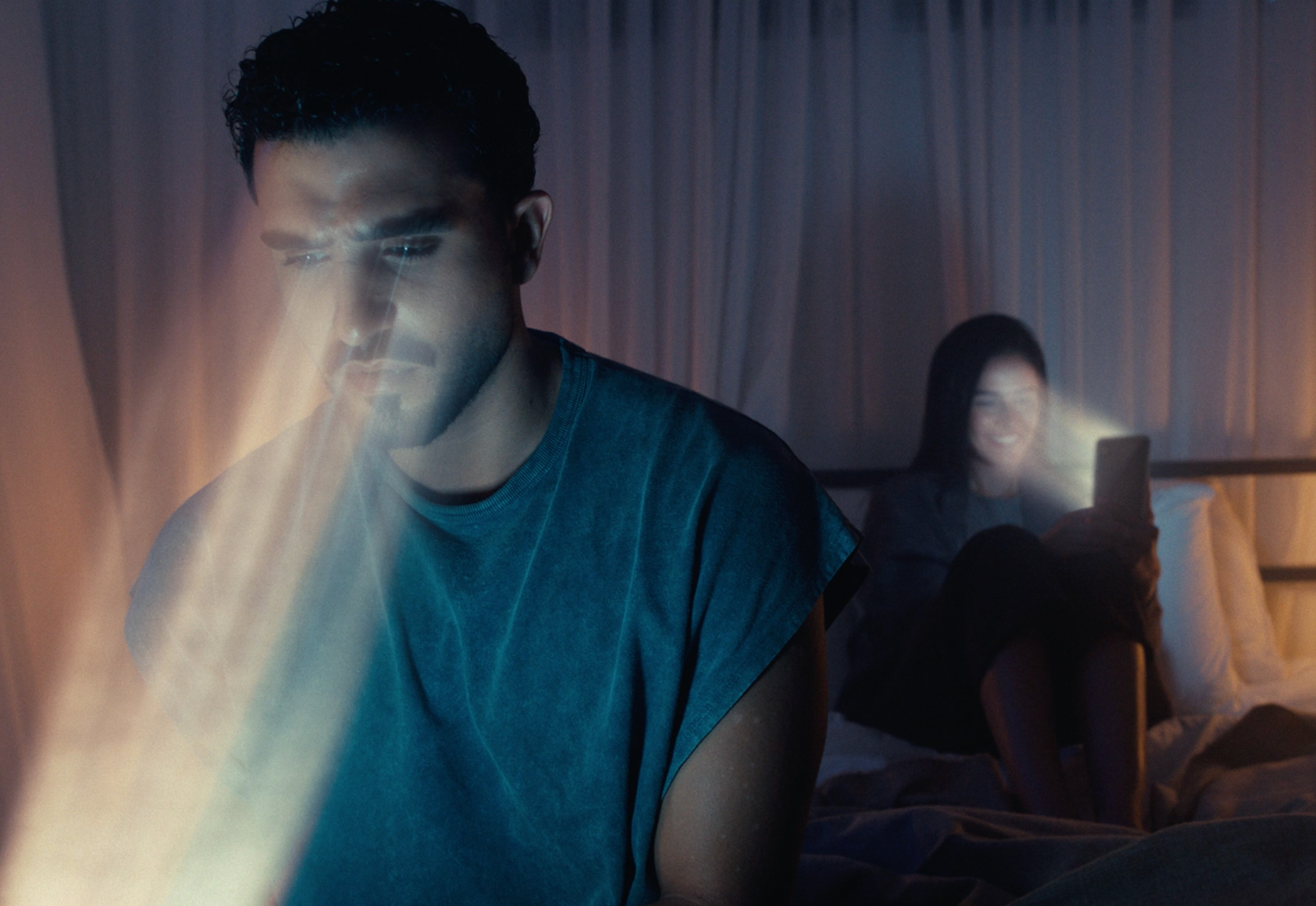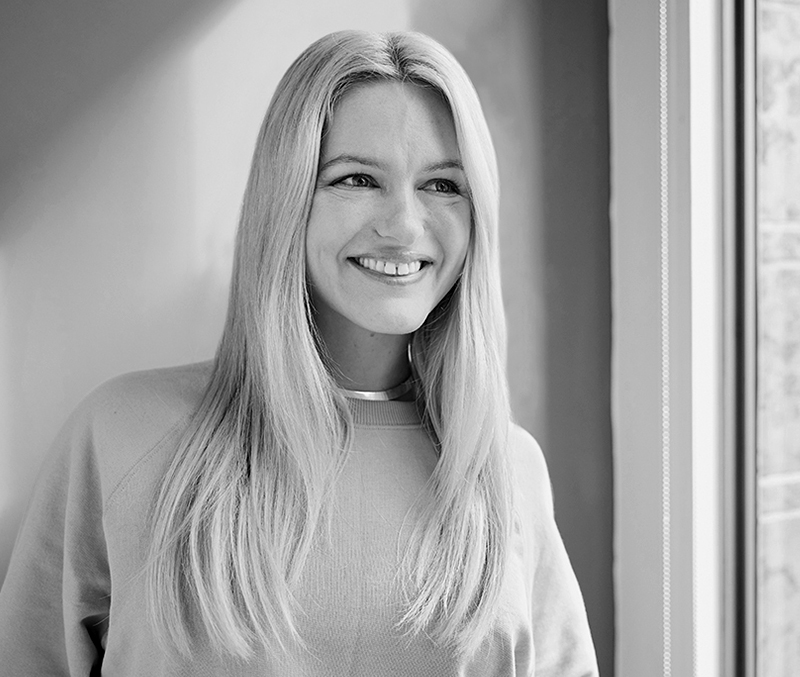I wrote a book about how technology affects our brains, bodies and behaviours called Screen Time. And if there’s one thing I want everyone to understand about tech and sleep, it’s this:
It’s not just screens that are the problem. It’s the light they give off. More specifically, it’s the timing of that light.
People often expect me to say something like “ditch your phone at 9pm” when it comes to sleep advice. But I know that most of us won’t. I use my phone at night too, that’s real life. So instead of trying to be perfect, I focus on doing it smarter.
Because when you get your light right, you give your body the best chance of deep, restorative sleep – whether you have a screen in your hand or not.
If screens at bedtime don’t seem to affect you all that much, then have at them. Some people can fall asleep right after an all-night Netflix binge session or TikTok doomscroll and still wake up refreshed.
But if you find it harder to drift off, stay asleep or feel rested in the morning, then light – especially from your tech – might be quietly working against you. Let’s take a look at the reasons why this happens and what to do about it.
Why light matters more than we think
You have a built-in 24-hour body clock called your circadian rhythm. It tells you when to feel awake, when to feel sleepy and even influences your mood, temperature and hormones.
Light is the main thing that sets that clock. As evening arrives and light naturally gets dimmer and warmer, your brain releases melatonin. This is the hormone that says: “it’s time to wind down.”
But when you flood your eyes with bright, blue light from screens late into the night, your brain delays that signal. It thinks it’s still daytime.
Studies show that these short wavelengths of light (also known as blue light) are the biggest culprits. It’s the same kind your phone and laptop pump out by default. Too much at night, and you’re basically nudging your body into a different time zone without leaving the sofa. That’s why one episode of your favourite show turns into three. Why you don’t feel tired until midnight. And why you wake up feeling groggy.
But the interesting thing here is that blue light is actually good for us. In the morning and during the day, it boosts energy, mood and alertness. In fact, getting plenty of bright light (especially natural light) during the day can improve your sleep at night.
So the goal here isn’t to avoid blue light completely. Instead, it’s learning how to use the right kind of light at the right time: Bright and cool during the day. Warm and gentle at night.
What can we do about it?
The good news is there are plenty of easy changes that make a real difference.
Lower screen brightness in the evening: Research shows that brightness matters just as much as colour. Dimming your screen is a simple, powerful step.
Use your device’s warm light settings: Most phones and laptops now have built-in features that reduce blue light by adding warmer tones (e.g. Night Shift or Night Mode). Set a schedule and let your device do the work for you.
Screens aren’t the only source of light that impacts sleep. I also recommend that people get out and about in bright light during the day. Especially in the morning. Natural daylight helps regulate your circadian rhythm and supports better sleep that night.
Then, wind your lighting down in the evening. This is where your environment really matters. One of my favourite tools is a smart light bulb. You can adjust colour, brightness and timing right from your phone. I set mine to a warm golden glow in the evening, and I feel myself unwind before I’ve even left my desk. It’s a gentle cue to my brain that it’s time to slow down.
Be kind to yourself
I’m not here to shame anyone for using their phone at night. I love tech. I built my career on it. But I also know that the way we use it matters.
And this is where a smart ring becomes so useful. You might already see changes in your sleep scores or recovery, but rather than guessing why, light gives you something clear to experiment with.
Shift when you get bright light or how warm your lighting is at night and watch how your body responds. It might just be the simplest, most science-backed sleep upgrade you’ll ever make.


